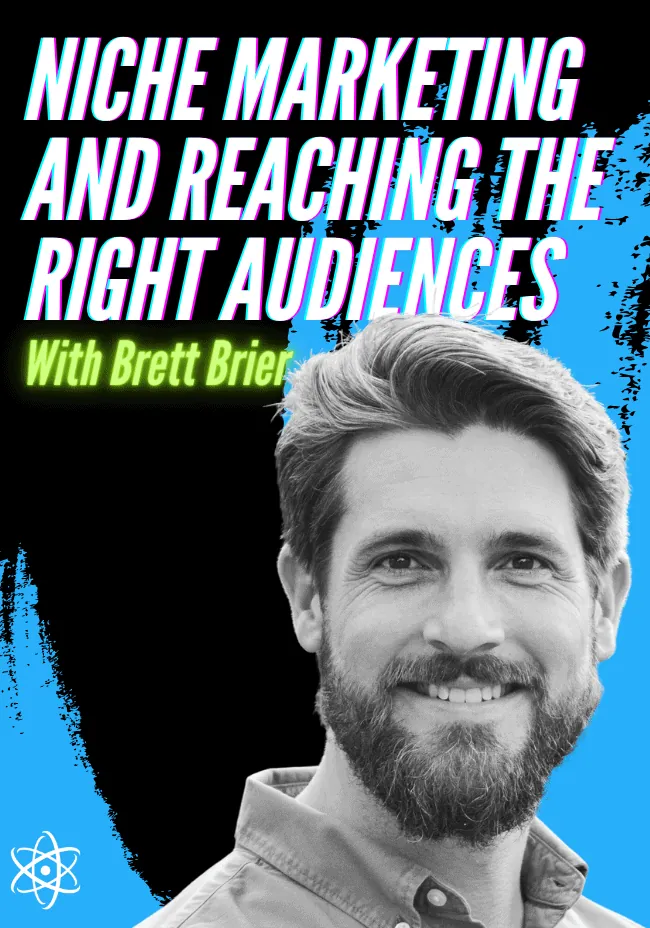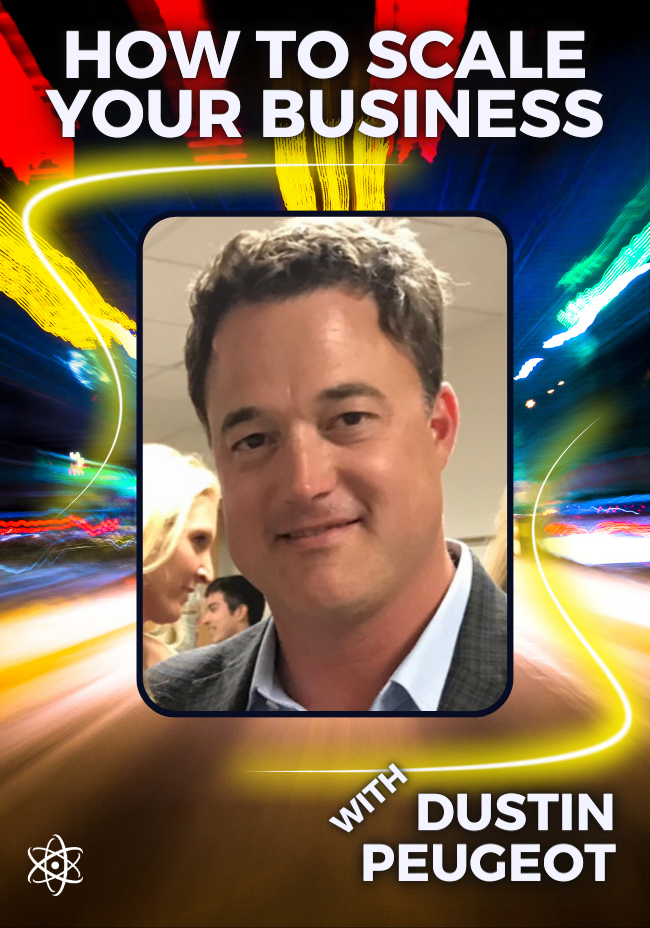Storytelling, Strategy, and Success With Justin Schmidt


Storytelling, Strategy, and Success With Justin Schmidt

Marketing is both an art and a science, requiring a delicate balance between creativity and data-driven strategies. Justin Schmidt, VP of Marketing at JobSync, shares insights from his 20-year career, covering his journey through e-commerce, media publishing, and B2B SaaS. With experience leading marketing teams in both startup environments and established companies, Justin discusses the challenges of category creation, the evolving relationship between marketing and sales, and why hands-on sales experience can be the best foundation for a marketing career. His approach blends operational efficiency with creative strategy, ensuring marketing efforts don’t just look good—they deliver measurable results.
That’s the same approach we take at The Atomic Agency—blending smart strategy with powerful storytelling to help brands grow.
Key Takeaways:

Balancing Creativity and Data
Marketing isn’t just about crafting compelling stories—it’s about understanding how those stories impact business results. Justin emphasizes that successful marketing requires a blend of creative storytelling and data analysis. This balance allows marketers to create emotionally resonant content while measuring its effectiveness in driving engagement, leads, and revenue. Without data, creative ideas lack direction; without creativity, data-driven campaigns fall flat.

The Challenge of Category Creation
JobSync operates in what Justin describes as a “blue ocean” space—meaning they’re not just competing against other companies but also against the status quo. This presents unique challenges: defining a new category, positioning the brand effectively, and educating potential customers about why this new solution matters. Unlike companies in well-established markets where the path is clearer, Justin’s team must carve out their niche, making strategic decisions about messaging, content, and distribution channels to create demand where none previously existed.

Marketing Serves Sales
Justin’s philosophy is clear: marketing exists to support sales. If your marketing efforts aren’t converting into revenue, you’re not fulfilling the core purpose of the role. He argues that while building brand awareness and generating engagement are important, they should ultimately lead to business outcomes. Otherwise, you’re simply creating content for content’s sake. The most effective marketing strategies are those that drive qualified leads, support the sales funnel, and contribute directly to business growth.

Why Every Marketer Should Try Sales
One of the most surprising lessons Justin shares is the value of having direct sales experience. Before becoming a marketing leader, he sold cell phones at T-Mobile—a role that taught him more about customer psychology, persuasion, and closing deals than any marketing course ever could. This hands-on experience helped him understand what truly motivates people to make purchasing decisions. For aspiring marketers, he recommends spending time in a sales role to develop a deeper understanding of how to craft messaging that resonates with real customers.

Operational Efficiency is Key to Marketing Success
While creative campaigns often steal the spotlight, Justin highlights the importance of strong operational foundations. Efficient processes for lead management, data tracking, and marketing automation are critical to ensuring that creative efforts translate into business results. This includes everything from defining marketing-qualified leads (MQLs) and sales-qualified leads (SQLs) to optimizing CRM systems like HubSpot and Salesforce. Without these operational pillars in place, even the most brilliant marketing ideas can fall flat because they’re not properly integrated into the sales pipeline.
“At the end of the day, our job is to make the cash register ring.”
Final Thoughts
Marketing isn’t just about creating buzz—it’s about driving revenue. Justin Schmidt’s insights offer a refreshing perspective on how to approach marketing with both creativity and operational discipline. Whether you’re building a new category, refining your messaging, or optimizing your lead generation process, the key is to stay focused on business outcomes.
Ready to elevate your marketing strategy? Watch the full video for more insights and practical tips!

Learn More About Justin
If you would like to learn more about Justin Schmidt, check out his website and LinkedIn profile.

Smart Strategies for Conversion Optimization With James Price
04 Begin
It’s about time for you to get started.
Ready to revolutionize your marketing approach with proactive, trust-building conversations? Fill out our form today and discover how we’ve reinvented conversational marketing. Your next success story starts here.

in·ter·loc·u·tor
/ˌin(t)ərˈläkyədər/
noun
FORMAL
a person who takes part in a dialogue or conversation.






